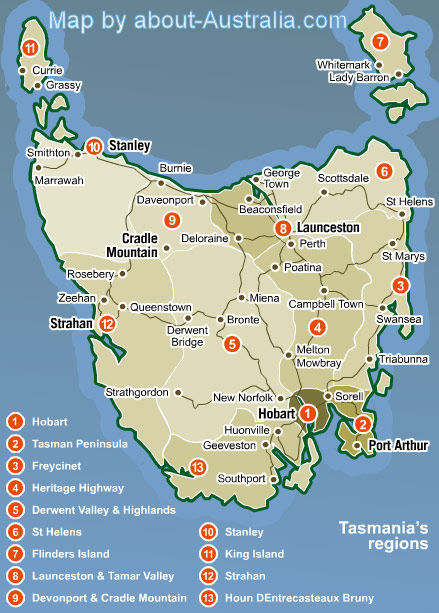|
Tasmania 1967 is below |
|
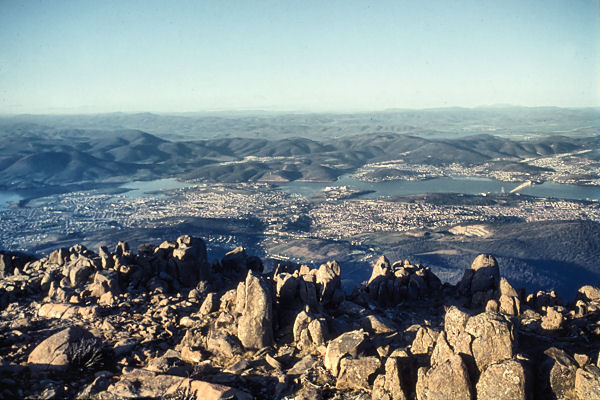 Hobart (capital of Tasmania) in the Derwent Valley on the South East coast, viewed from Mount Wellington |
|
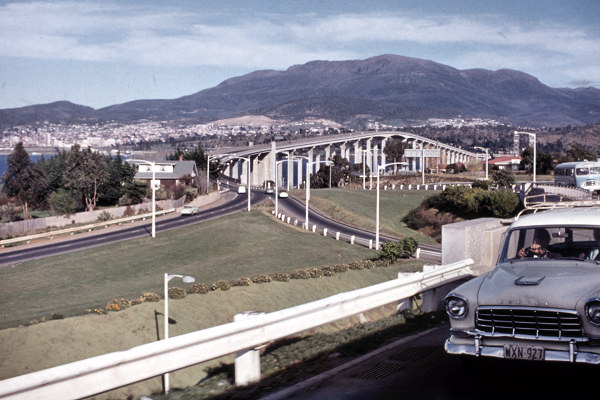 A view of Hobart Bridge (across the Derwent River) from the road |
|
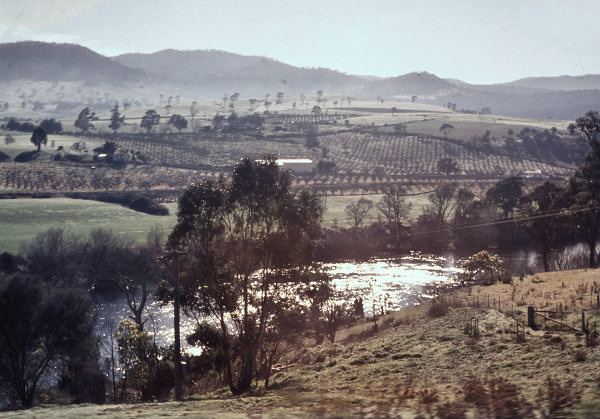 Derwent Valley |
|
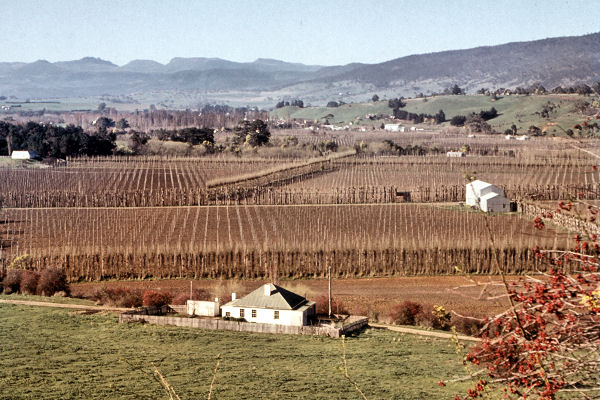 Derwent Valley Hops fields |
|
 A view of the Huon valley from Mount Wellington |
|
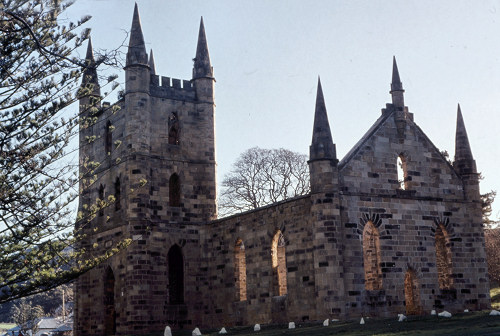 Remains of the Port Arthur church used by convicts 1840 - 1877 The Port Arthur penal settlement began life as a small timber station in 1830, but it quickly grew in importance as a penal establishment for prisoners sent from Britain. The 1840s witnessed a consolidation of the industrial and penal nature of the settlement as the convict population reached over 1100. In 1842 a huge flour mill and granary (later the penitentiary) was begun, as well as the construction of a hospital. 1848 saw the first stone laid for the Separate Prison, the completion of which brought about a shift in punishment philosophy from physical to mental subjugation |
|
 Penitentiary |
|
 Hospital |
|
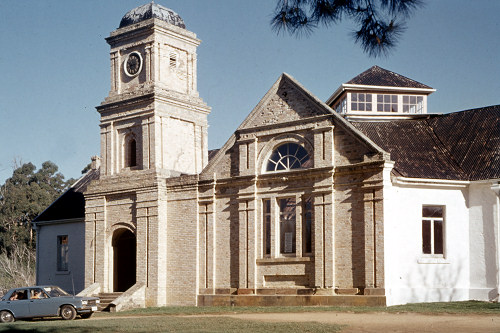 Mental Asylum |
|
 Reconstructed cell |
|
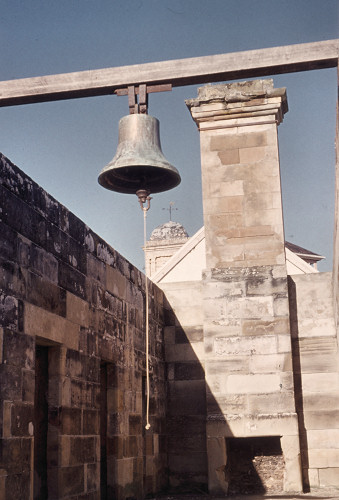 Prison bell |
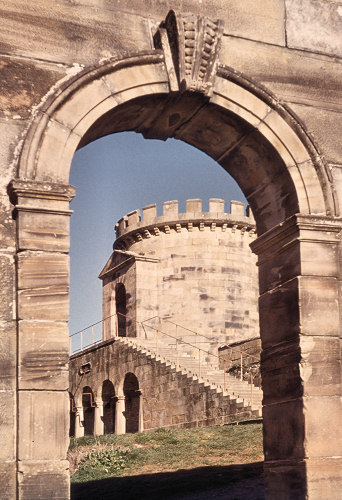 Prison look-out tower |
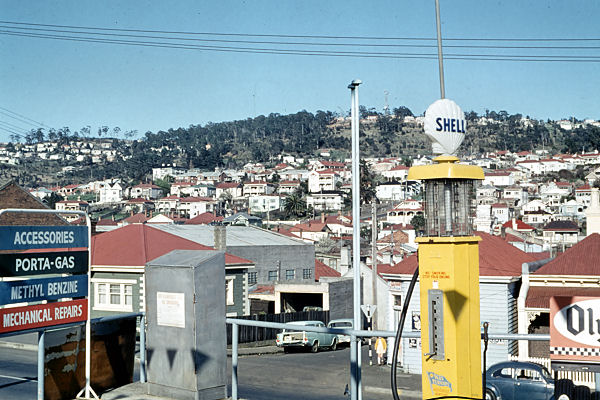 Launceston, in the north of Tasmania - and below |
|
 |
|
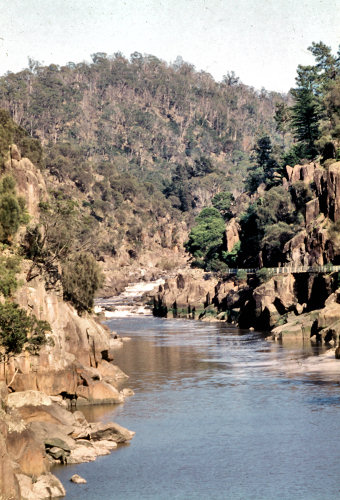 Cataract Gorge, Launceston - and below |
|
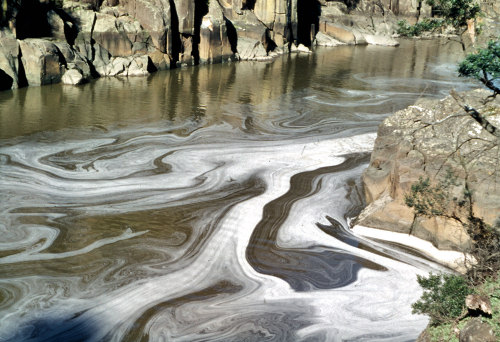 Launceston Wildlife Park |
|
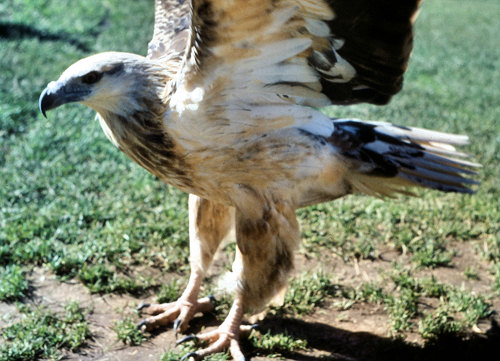 Kestrel |
|
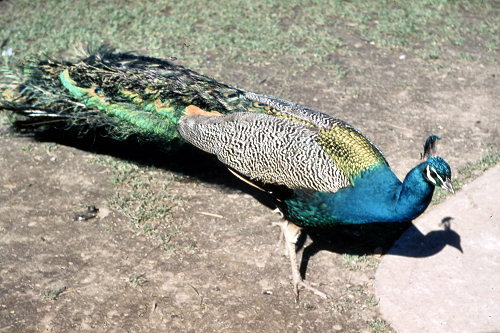 Peacock |
|
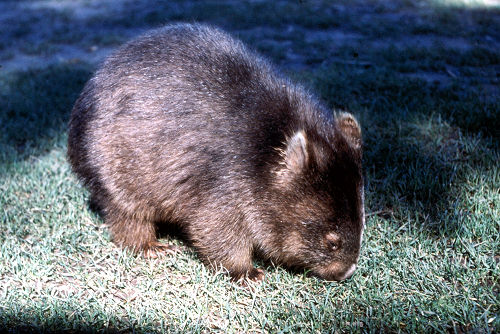 Wombat |
|
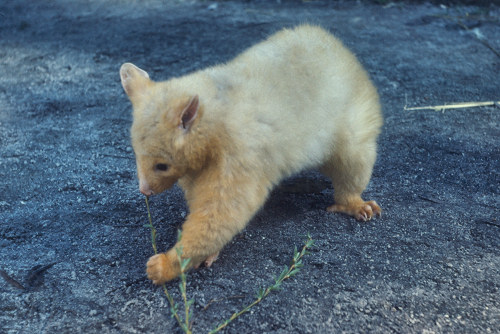 Golden Possum |
|
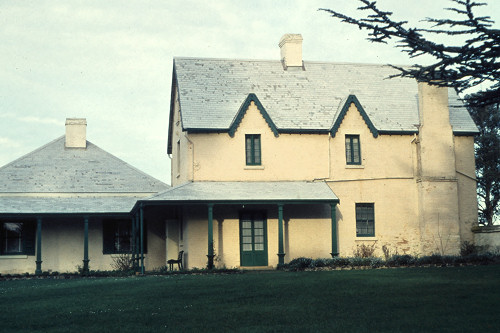 Entally House, near Launceston - built in 1819 |
|
 Other historic items in the grounds of Entally House |
|
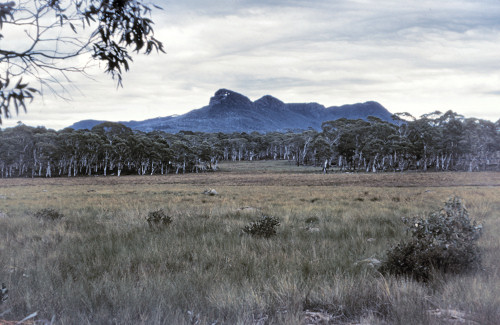 Cradle Mountain, North Tasmania |
|
